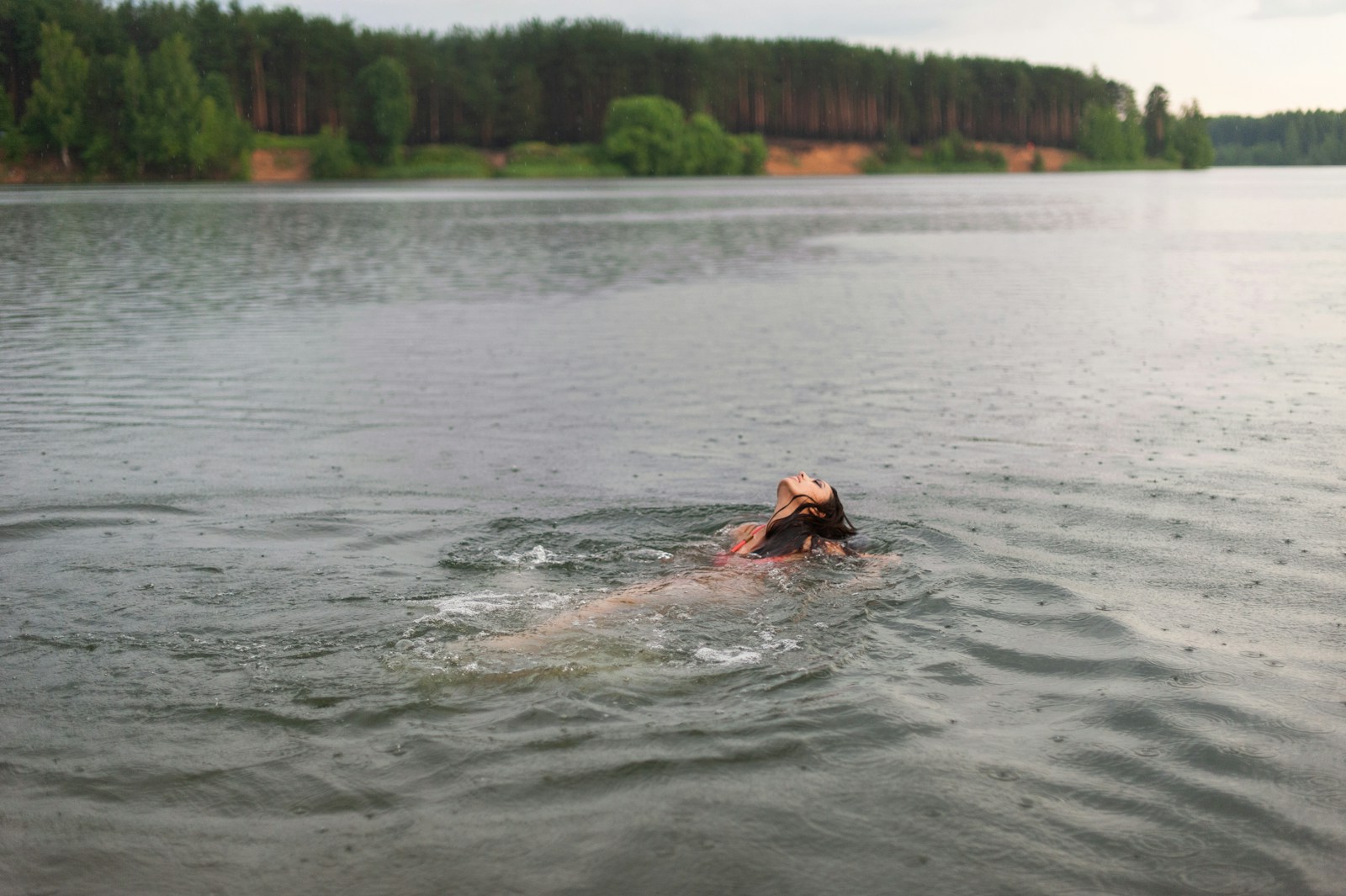The 10 British Slang Terms Americans Always Misunderstand
Ah, the wonderful world of British slang! It’s a treasure trove of colorful expressions and phrases that often leave our American friends scratching their heads in confusion. While English is the common thread that ties both nations, the way we use our language can vary dramatically. What might sound perfectly normal to a Brit can seem completely baffling to an American. In this lively journey through some of the most amusing and often misunderstood British slang terms, we will explore their meanings, origins, and how they can lead to some hilarious misunderstandings. So, grab a cuppa, and let’s dive in!
1. “Bangers and Mash”
Let’s kick off with a classic! The term “bangers and mash” refers to a beloved British dish consisting of sausages (the bangers) served with mashed potatoes (the mash). Americans might hear this and think it’s some sort of party game or a peculiar dance move. But fear not! Bangers are simply sausages, and the term dates back to World War I when sausages would burst during cooking, creating a “bang.”
In a British pub, when you order bangers and mash, you’re in for a comforting plate of food that’s perfect for a chilly evening. And remember, if you’re American and visiting the UK, don’t ask for this dish with “gravy” on the side. It’s a given, and you’ll look like a right novice!
2. “Gobsmacked”
If you ever find yourself utterly astonished or amazed, you might just be “gobsmacked.” This delightful term is a combination of “gob,” which is slang for mouth, and “smacked,” suggesting a sudden shock. Picture someone being so surprised that their jaw drops; they’re literally gobsmacked!
While Americans might say they’re “blown away” or “flabbergasted,” this term adds a touch of British flair. So, the next time you’re utterly amazed by something, channel your inner Brit and exclaim, “I’m absolutely gobsmacked!”
3. “Cheeky”
Ah, the cheeky one! In British slang, “cheeky” is used to describe someone who is a bit rude in a playful or amusing way. For example, if someone sneaks a biscuit (cookie) while waiting for their tea, they might be described as being “cheeky.”
However, Americans might interpret this differently, thinking it implies a more negative connotation, such as being disrespectful or impudent. The British use it endearingly, so next time you do something mischievous, just call it a “cheeky” move!
4. “Knackered”
Feeling a bit tired? In the UK, you might say you’re “knackered.” This term is used to describe extreme fatigue, whether from physical activity or just a long day. Imagine working hard all day at the office; when you finally get home, you plop onto the couch and declare, “I’m knackered!”
While Americans might just say they’re “exhausted” or “worn out,” using “knackered” adds a certain charm to your tiredness. It’s a term that captures that bone-deep weariness — perfect for when you’ve given it your all!
5. “Chuffed”
On the flip side of being knackered is feeling “chuffed,” which means you’re pleased or delighted about something. It’s often used to express satisfaction and contentment. For instance, if you’ve just received a promotion at work, you might say, “I’m absolutely chuffed to bits!”
Americans might express their happiness by saying they’re “really happy” or “excited,” but “chuffed” has a unique ring to it. So if you’re ever feeling proud or satisfied, channel that British spirit and declare your chuffed-ness!
6. “Pissed”
Now, here’s where things can get a tad confusing! In British slang, “pissed” refers to being drunk, while in American English, it often means angry. So, if a Brit tells you they got “pissed” at the pub last night, they’re not angry; they’re likely recounting a wild night filled with laughter and perhaps a few too many pints.
This misunderstanding can lead to quite the awkward situation. Imagine an American thinking a Brit is upset when they’re really just sharing a light-hearted story about their escapades. Clear communication is key — remember to clarify the context!
7. “Biscuit”
When you think of a “biscuit,” you might envision a fluffy, buttery bread roll served alongside gravy. However, in the UK, a biscuit refers to what Americans know as cookies. It’s a delightful twist that can lead to confusion in the kitchen!
If you’re in a British café and order a “biscuit” with your tea, you’ll be served a crunchy, sweet treat. So, if you’re ever in the UK and someone mentions a biscuit, remember to temper your expectations — it’s not what you might think!
8. “Kip”
Feeling sleepy? Britons might say they’re going for a “kip,” which means a nap or sleep. While Americans would simply say they’re going to take a nap, using “kip” adds a sprinkle of British charm to your vocabulary.
If you hear someone say they’re ‘off for a kip,’ it’s a lovely reminder that everyone needs a little rest from time to time. So next time you’re feeling the drowsiness creep in, don’t hesitate to announce, “I’m off for a quick kip!”
9. “Loo”
Let’s tackle the most pressing matter: where to find the restroom! In British slang, the “loo” is the word for toilet. An American traveler may ask for the “bathroom,” only to receive puzzled looks from locals. Instead, asking for the “loo” is the way to go!
This term has a charmingly informal feel to it and is widely accepted across the UK. So, if you’re ever in need, don’t hesitate to ask, “Where’s the loo?” and watch as the locals nod in understanding.
10. “Wanker”
Lastly, we arrive at a term that’s a bit cheeky itself. “Wanker” is a British insult for someone who’s foolish or annoying. However, it’s not as harsh as some might think, and it can even be used jokingly among friends.
Americans might be shocked to hear this term, as it carries more weight in the States. It’s important to know your audience — while it can be a lighthearted jab in the UK, it might not translate the same way across the pond.
Conclusion
Navigating the maze of British slang can be both entertaining and enlightening. These ten terms are just the tip of the iceberg when it comes to the rich tapestry of language that exists in the UK. The beauty of language is its ability to connect cultures, and understanding these quirky phrases can bring us closer together. So, the next time you find yourself chatting with a British friend, throw in a few slang terms and watch their face light up with delight. You might just find that you’re chuffed to bits with the laughter and connection that follows!


